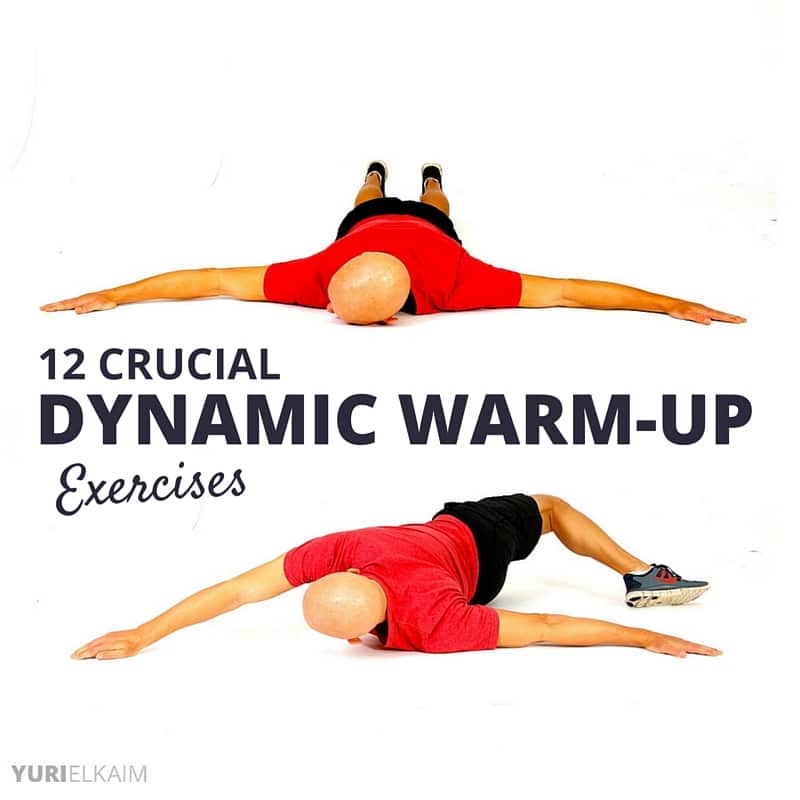

Introduction:
Effective warm-ups are the cornerstone of a successful fitness routine, and dynamic exercises play a crucial role in preparing your body for the demands of more intense activities. This comprehensive guide explores the importance of dynamic fitness warm-ups and how to incorporate them into your workout routine.
Understanding Dynamic Warm-Ups:
Dynamic warm-ups involve active movements that increase your heart rate, enhance blood flow, and prepare your muscles and joints for physical activity. Unlike static stretching, dynamic warm-ups focus on movement patterns that mimic the exercises you’ll perform during your main workout.
Benefits of Dynamic Warm-Ups:
Dynamic warm-ups offer a range of benefits, including improved flexibility, increased joint range of motion, enhanced muscular performance, and a reduced risk of injury. They engage multiple muscle groups simultaneously, priming your body for the challenges ahead.
Incorporating Aerobic Elements:
Start your dynamic warm-up with light aerobic exercises to elevate your heart rate. Jumping jacks, high knees, or jogging in place are excellent choices. This phase gradually increases blood flow to your muscles and boosts overall circulation.
Joint Mobility Exercises:
Follow the aerobic warm-up with joint mobility exercises. Perform controlled movements that target major joints, such as shoulder circles, hip rotations, and ankle rolls. This helps lubricate the joints and improves their flexibility.
Dynamic Stretching for Flexibility:
Dynamic stretching involves active movements that stretch your muscles and increase flexibility. Include leg swings, arm circles, and torso twists in your routine. These exercises prepare your muscles for a wider range of motion during your main workout.
Sport-Specific Movements:
Tailor your dynamic warm-up to the specific activities you’ll be doing in your main workout. If you’re planning a run, incorporate dynamic lunges or leg swings. For weightlifting, include bodyweight squats or arm swings to mimic the upcoming movements.
Gradual Intensity Build-Up:
Build the intensity of your dynamic warm-up gradually. Start with low-intensity movements and progressively increase the challenge. This approach ensures a smooth transition from rest to an active state, preventing shock to your muscles.
Mind-Body Connection:
Use your dynamic warm-up as an opportunity to connect with your body. Pay attention to how your muscles feel, identify any areas of stiffness, and adjust your warm-up accordingly. This mindfulness can contribute to better overall workout performance.
Incorporating Proprioceptive Exercises:
Include proprioceptive exercises in your dynamic warm-up. These activities, such as single-leg balances or stability ball exercises, enhance your body’s awareness of its position in space. Proprioception is vital for balance and injury prevention.
Conclusion:
Dynamic fitness warm-ups are a vital component of any effective workout routine. By incorporating a variety of dynamic movements, you prepare your body for optimal performance while minimizing the risk of injuries. Make dynamic warm-ups a consistent part of your fitness regimen to unleash your full potential.









